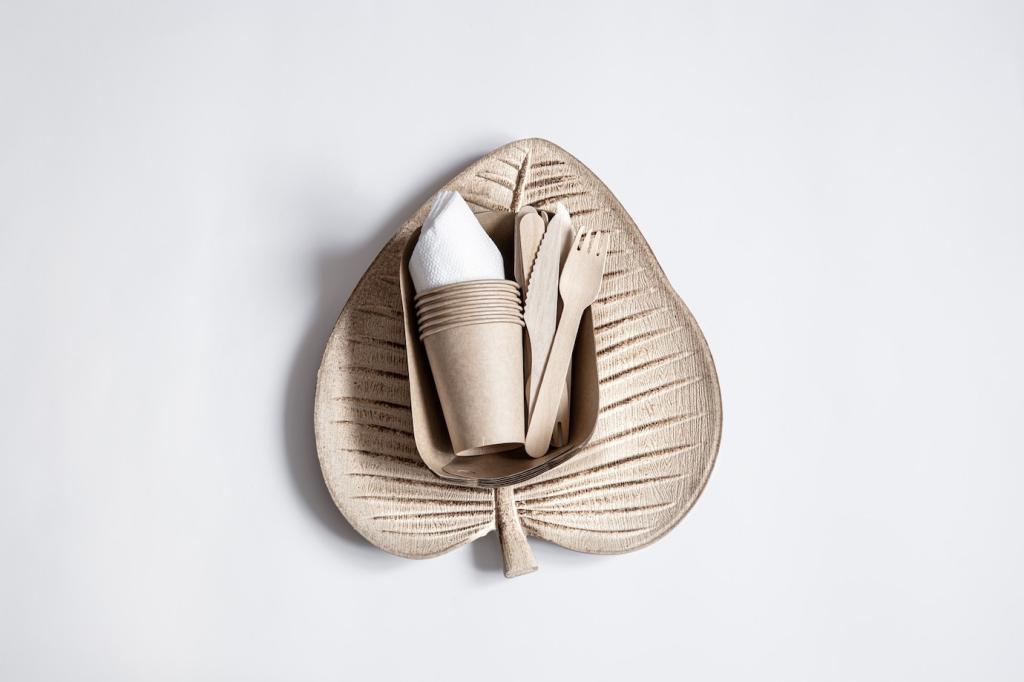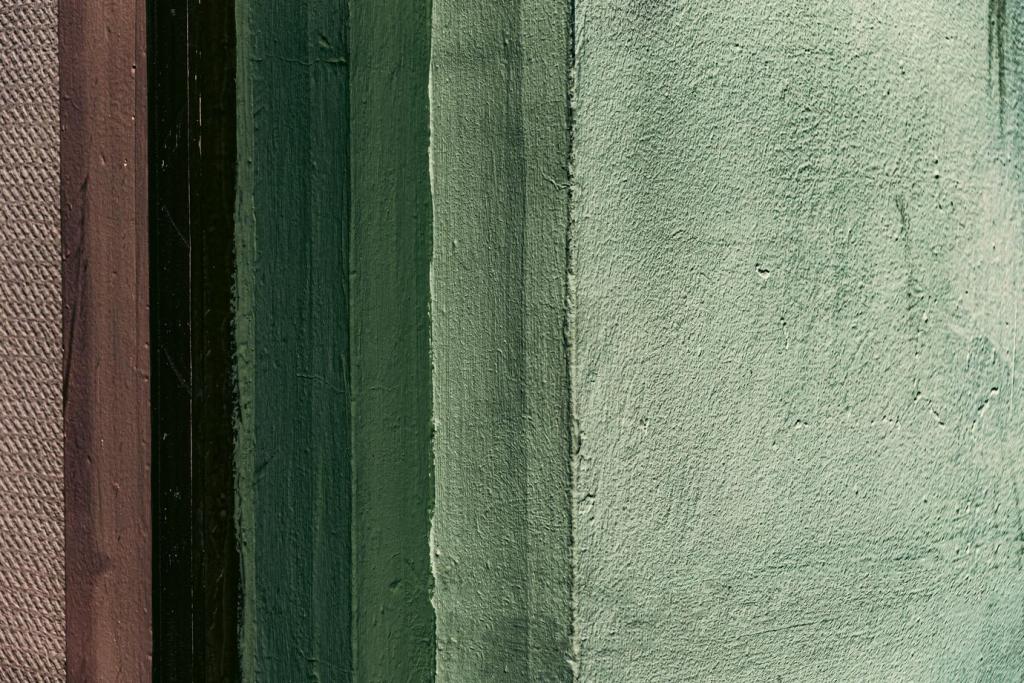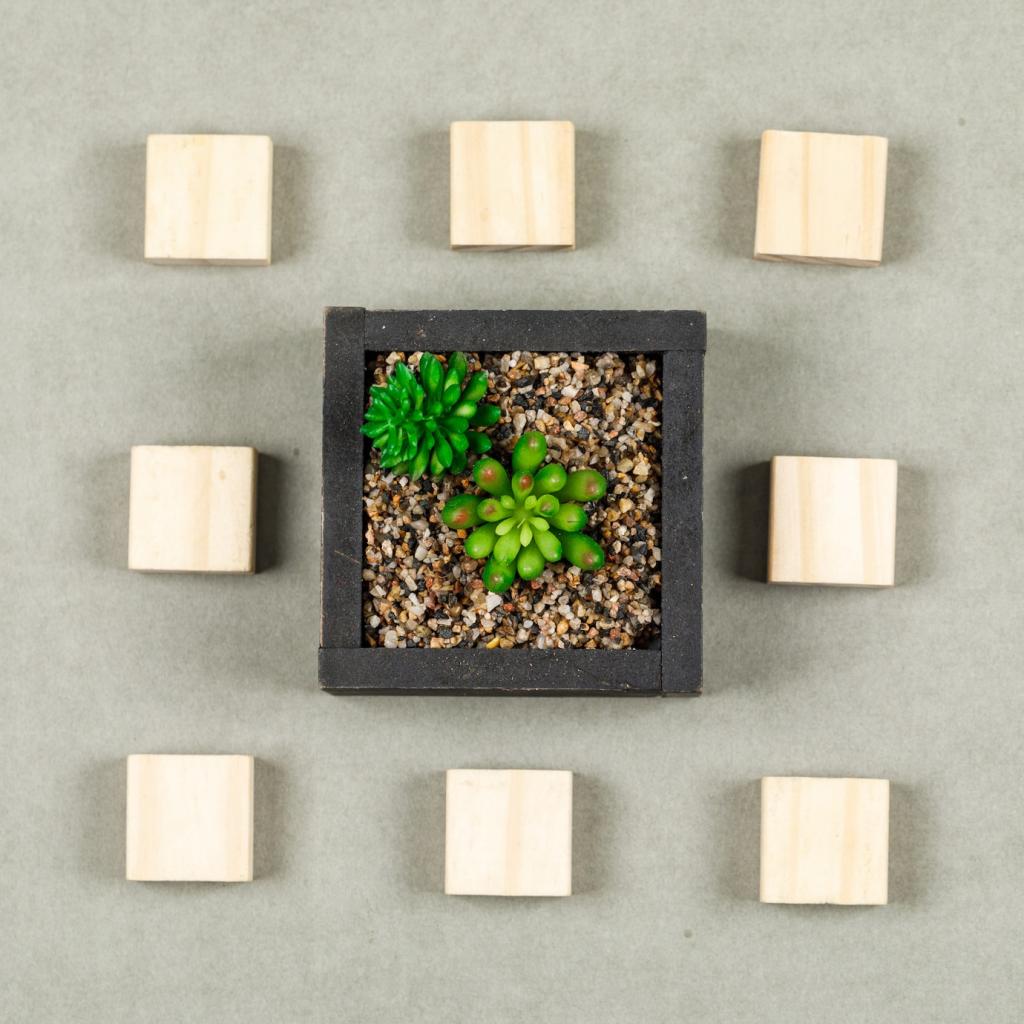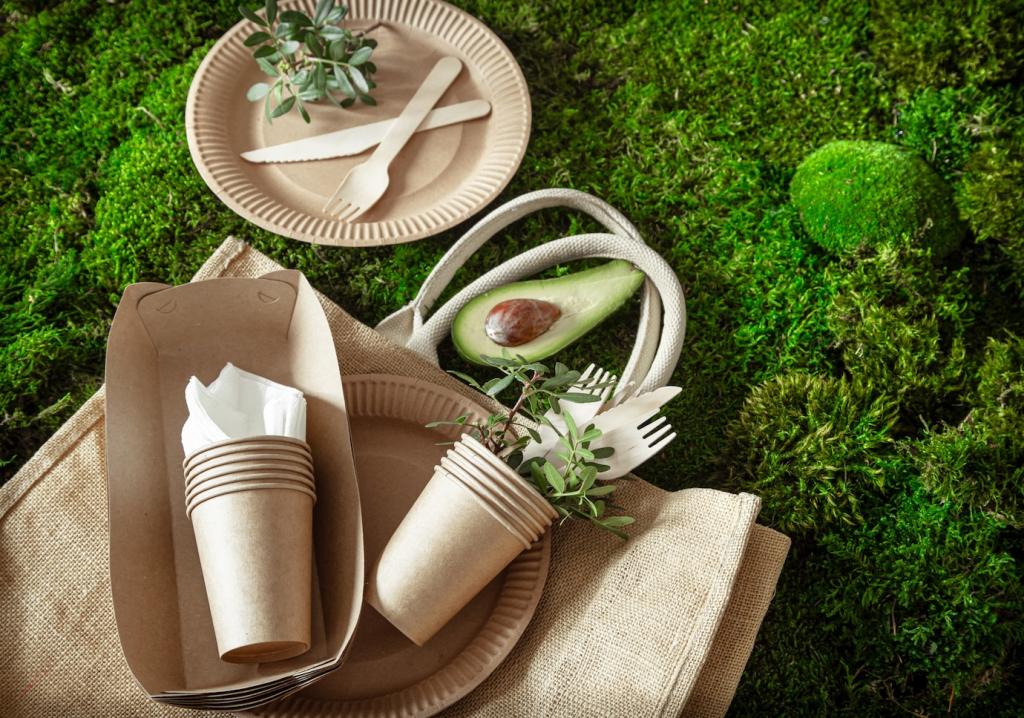Certifications, Labels, and Honest Claims
Look for credible programs like GREENGUARD Gold, Green Seal, EU Ecolabel, and Blue Angel. Toy-safety testing such as EN 71-3 can be relevant. Remember, CARB formaldehyde rules target composite wood emissions, not finishes, so read product scopes carefully.
Certifications, Labels, and Honest Claims
Many finishes are considered safe once fully cured, but always confirm manufacturer guidance. Shellac, pure mineral oil, and certain waxes are common on cutting boards. Be skeptical of vague food-safe claims and allow complete cure before touching mouths or meals.





